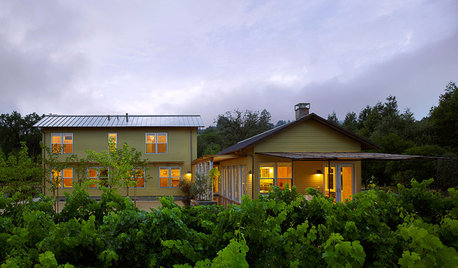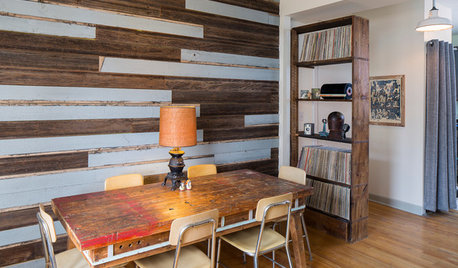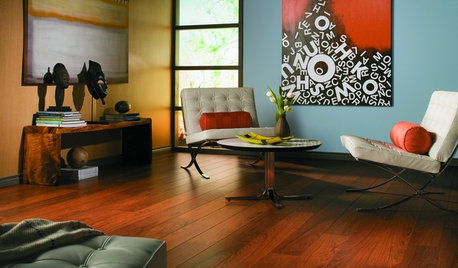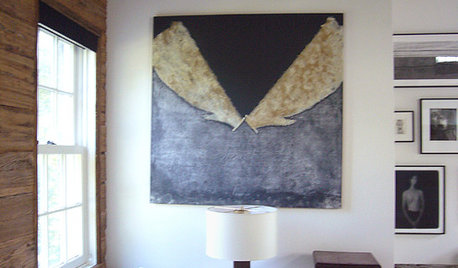Pine wood chips vs.Home Depot Bark
Azjohn
10 years ago
Related Stories

DECORATING GUIDESLoving Color: 5 Ways to Decorate With Paint Chips
Turn those also-ran paint strips into conversation-starting art and accessories for your home
Full Story
HOUZZ TOURSHouzz Tour: Warm Minimalism in the California Wine Country
Mixing yellow pine and lots of sunshine with a simple design, this vineyard getaway is just right for its site
Full Story
REMODELING GUIDESYour Floor: An Introduction to Solid-Plank Wood Floors
Get the Pros and Cons of Oak, Ash, Pine, Maple and Solid Bamboo
Full Story
MATERIALSRaw Appeal: 9 Wonderful Ways With Natural Wood
Go with the grain and use minimally finished wood for gorgeous accent walls, artwork and more
Full Story
GARDENING GUIDESThe Art of Green Mulch
You can design a natural garden that doesn’t rely on covering your soil with wood and bark mulch
Full Story
HOUZZ TVHouzz TV: Cool Reclaimed Wood Projects Fill a Craftsman’s Home
Using barn wood, beadboard and beams, this homeowner has crafted furnishings and features for his family’s Chicago home
Full Story
REMODELING GUIDESLaminate Floors: Get the Look of Wood (and More) for Less
See what goes into laminate flooring and why you just might want to choose it
Full Story
GARDENING AND LANDSCAPINGChoosing a Deck: Plastic or Wood?
Get the pros and cons of wood, plastic, composite and more decking materials, plus a basic price comparison
Full Story
TINY HOUSESAdventure Seekers Hit the Road in a Cozy School Bus Home
Wood floors, butcher block countertops, custom furnishings and LED lights make life on the road feel like just another stylish day at home
Full Story








charina
seysonn
Related Professionals
Wrentham Landscape Architects & Landscape Designers · 70037 Landscape Architects & Landscape Designers · Brownsville Landscape Contractors · Chelmsford Landscape Contractors · Fair Lawn Landscape Contractors · Homer Glen Solar Energy Systems · Edmonds Window Contractors · Holly Hill Window Contractors · Homestead Window Contractors · Spanaway Window Contractors · Tamiami Window Contractors · Framingham Fence Contractors · Zachary Fence Contractors · Zion Fence Contractors · Angleton Fence Contractorsdrew51 SE MI Z5b/6a
Miguelovic
charina
greenman28 NorCal 7b/8a
drew51 SE MI Z5b/6a
greenman28 NorCal 7b/8a
charina
drew51 SE MI Z5b/6a
drew51 SE MI Z5b/6a
sf_rhino
drew51 SE MI Z5b/6a